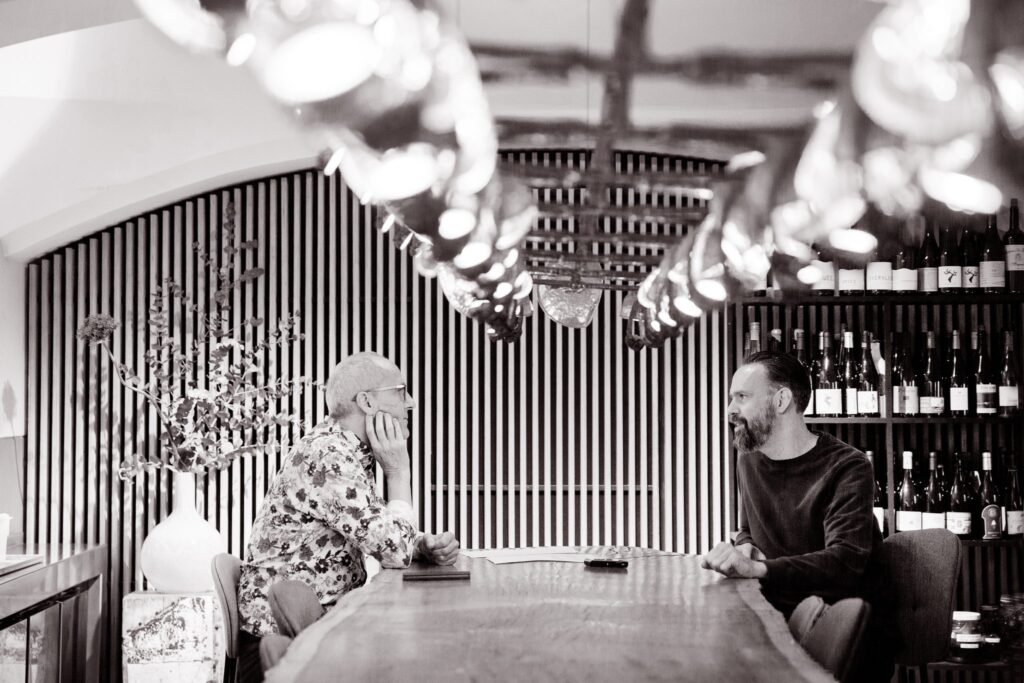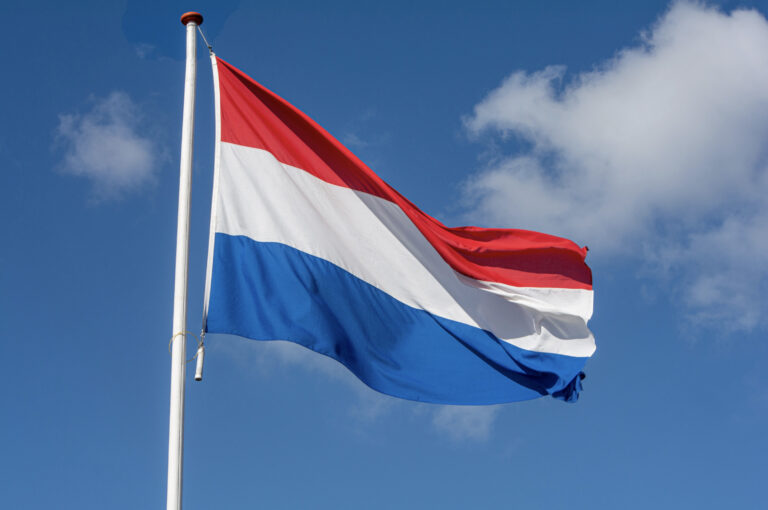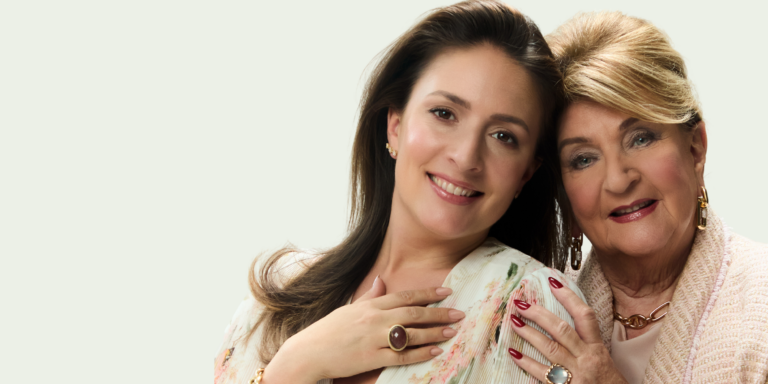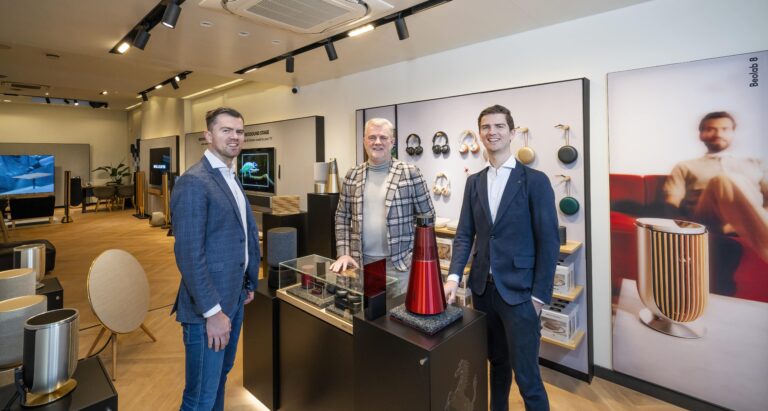Emile van der Staak (Sint-Michielsgestel, 1976) is a chef with a mission: changing food culture as an initiative against climate change and loss of biodiversity. That is why he cooks with plants and vegetables that he obtains from the food forest. With success: last year De Nieuwe Winkel was named the second best vegetable restaurant in the world. And since May 30, a second Michelin star has hung on the facade. MASTERS visited Emile.
“We will look for De Nieuwe Winkel on foot via the oldest shopping street in the Netherlands. We walk past facades from the seventeenth century, an originally medieval city castle where a hotel is now located and Anton Pieck-like shops such as Het Theeza(ak)je, a barbershop with guitars on the wall (the barber is also a musician) and a liquor store. Schavuit & Co, where you can not only go for traditional Nijmegen beers such as Oersoep, but also for tattoos or a haircut. You can't imagine a nicer route to the restaurant. This location goes back even further in time: the restaurant is the oldest core of a former orphanage, with an entrance dating from the fourteenth century. Within the walls, however, the focus is mainly on the future: how can we change the way we eat and grow food in such a way that the environment is burdened less? Emile van der Staak has imposed that mission on himself. He leads me to the test kitchen, where experiments are being conducted with plants from the Ketelbroek food forest in nearby Groesbeek. The room has a large, long table surrounded by chairs by Maarten Baas and above it a gigantic chandelier by Ward van Gemert from design agency Nightshop Rotterdam.
We take a seat and, behind a glass of homemade juice, Emile talks about the origins of his passion. “We used to have a vegetable garden at home and then you naturally understand how much seasons are related to yields and what you can eat outside of what dominates the supermarket shelves. When I was fourteen I had a part-time job in a kitchen. I did that purely to earn some money and also out of a kind of boredom: I had to do something, right? It's that a friend of mine was already doing that job, that's how I got into it. I started in the kitchen and after a few months I was already making the sandwiches. That was a milestone. I had fun with it and continued to do so during my Civil Engineering studies. Ultimately it turned out that I was better at that part-time job than at my studies. I wasn't necessarily interested in it anymore, but it came easy to me and things that come easy to you are fun to do. I definitely didn't have my parents with me. My mother comes from a catering family: her father had several catering companies in the post-war years and the story goes that my grandfather died as a result of the stress and hard work. "It's all fine what you do as long as you don't work in the catering industry," my mother always taught me. It's also a bit of 'not in the cookie jar!' On the day of my exam I quit my studies, and therefore never obtained the diploma. I had a moment of insight and walked out of the exam room. And now I'm going to be a chef, I decided. I had no idea what it was, haha. It was a decision motivated by naivety. ”
Revelation
It was a given that Emile would train as a chef. He completed it in a year and a half. “Officially that's not possible, I sabotaged things a bit. The teachers also saw that the theory in particular was not at the level I was used to - it irritated me and that is why I asked critical questions. They wanted to get rid of that unrest and suggested that they guide me outside the school to my exam and ensure that the administration behind the scenes was in order. We shook hands and I didn't go back. Miraculously, I passed that exam and had all the papers. But I actually couldn't do anything at all, I still had to learn everything afterwards. As a result of the fact that I talk a bit easily, I came in here and there. For example, I applied for a job with Nico Ladenis, who was a three-star chef in London. I was accepted and traveled to London. He would arrange room and board, but it was just a hotel, so I spent all my money after two weeks. I was just able to buy a ticket to come back on a friend's credit card, haha. Still, I have good memories of it. Because it is a refreshing experience to sell your things in the Netherlands and leave for London with two suitcases.” He was also hired by Paul Fagel, who would prove to be an important teacher for him: it was through him that he really understood what the chef's profession entailed. “Until that moment I had only been doing a bit of hobby work. Paul Fagel is of course a grandmaster, with a large brigade, various parties and a cuisine based on the classic French style. That was a revelation to me! I gained a lot of experience there and made a lot of progress. When I was told to plicate the tomatoes the next day, I spent the night at home looking up what that meant – I had no idea! So I partly bluffed my way through it. I was eager to learn, motivated and worked very hard there. In that kitchen, under those circumstances, with so many professionals around you... So much energy was released that I fought through it. Paul Fagel also noticed this, so I was able to join his kitchen team very quickly.”
Frozen steaks
After Paul Fagel, he ended up in the kitchen of Comme Chez Soi in Brussels and La Rive in the Amstel Hotel. “It all happened by chance, there was no plan behind it. Looking back, I had a heavily classical education when it comes to gastronomy. We recently had the Michelin chief inspector eat here and he also wanted to know where I had worked. He didn't fall off his chair, but at once he couldn't understand it at all. I was trained on the most classical side of the spectrum and what I do now is on the most innovative side. But I still use many of the preparations I learned there. I still use the parsley coulis from Comme Chez Soi. And so one thing is definitely related to the other.” When Emile had enough dexterity and self-confidence, he started looking into opening his own restaurant. “The whole process from 'I'm going to do that' to the opening still took six years. In 2006 I was in Nijmegen for the first time and I immediately bought a house, with the idea of starting a restaurant there. I thought: that will be sorted out within six months. But not so. In the meantime, I had to earn money and that is why I worked on the Waalkade, among other places. You can guess what type of catering industry there is: frozen steaks and salmon. In retrospect, that was an important phase, because I then broke away from the beliefs associated with top gastronomy, for example regarding the use of luxury products. If I had started a restaurant the day I landed in Nijmegen, it would have been one in line with what I had learned, with turbot and lobster. Because I worked in all kinds of places for five to six years to earn some money, I completely disconnected from that world. I unintentionally took time to choose a different approach route.”
Fewer animals, more plants
Another factor that forced him to take that other approach was the banking crisis of 2008. “As a result, everything collapsed and you could no longer turn to the bank for a loan to start a restaurant. All of this together made me realize that I had to make do with minimal budgets and could no longer use luxury products, because those prices were no longer justifiable. This is how 'bistronomy' was born, an idea inspired by something I saw in Paris: young chefs, early in their careers, take matters into their own hands, buy an old bistro, cook a very limited range, their attention in that small menu and can therefore also charge reasonable prices. That whole cocktail of elements, inspired by the banking crisis and inspired by what I had seen in Paris, created bistronomy in the Netherlands. We were the first to do that. For 25.000 euros I took over an old bistro in Hertogstraat and with a minimum investment of 90.000 euros, a number of second-hand items and the necessary art and craft, we were able to start a small restaurant. I started working with products that had a lower price, but that didn't mean they had a lower value. I have completely separated value and status. We also opted for one menu so that we needed few staff and put all our professional knowledge and skills into it. It was an interesting mix of elements that resulted in a revenue model that was realistic.” Even then, Emile placed a lot of emphasis on the use of vegetables, because he realized that a maximum of 20 percent meat is better for humanity and the environment. “That started with the simple observation that putting an endangered species on the map will not make the world a better place. Later you will read more and learn about how our diet relates to the climate crisis and the decline of biodiversity. During this eleven-year process, the substantive story has been further elaborated and the behavior has also been further adjusted - each time based on new insights. And then you gradually arrive at the route of fewer animals and more plants.”
MASTERS MAGAZINE
Want to read more about the conversation with Emile van der Staak? In the summer edition of MASTERS an interview with Sven Kramer, a driving impression of the Bugatti Chiron Super Sport and a study into the Effect of Max. But above all, it features people who bring light to the darkness. Such as Henk Jan Beltman, who took over Tony's Chocolonely because with a company you can make the world a more beautiful place. Chef Emile van der Staak, who has the ambition to change our food culture and therefore cooks with plants and vegetables that he obtains from the food forest. Designer Nienke Hoogvliet, who has introduced natural seaweed paint as an alternative to harmful textile paint. And Anna Nooshin, who criticizes the current social media culture of pretty pictures. In her documentary she also shares the less beautiful aspects of her life. All people who ask questions, hold up mirrors, take steps. Steps towards a healthier world and more understanding society.
MASTERS #50







